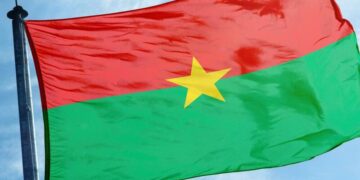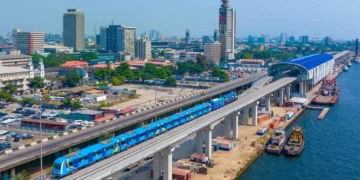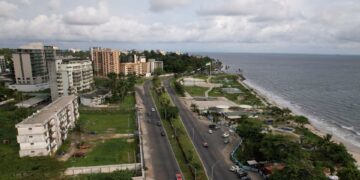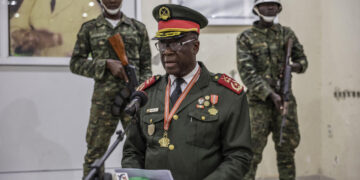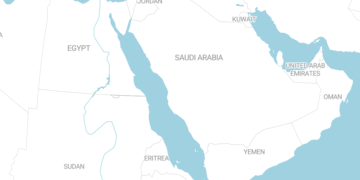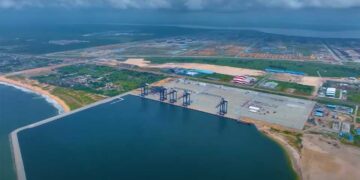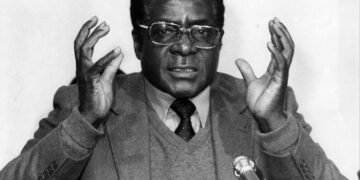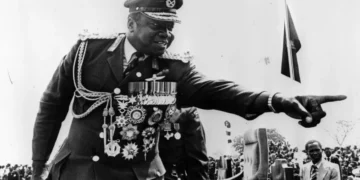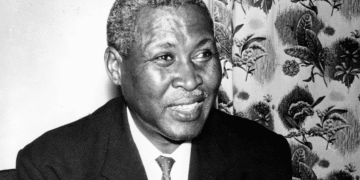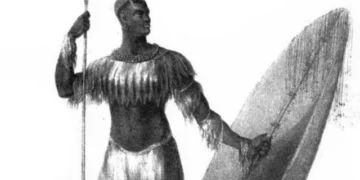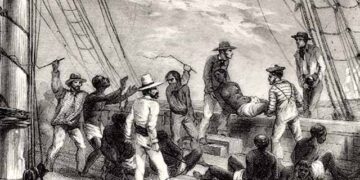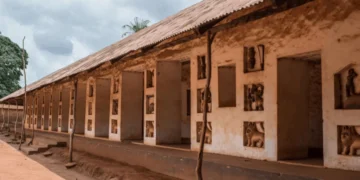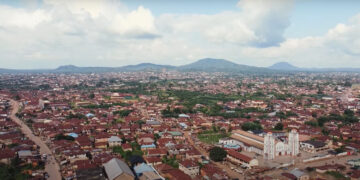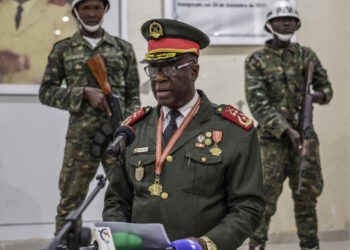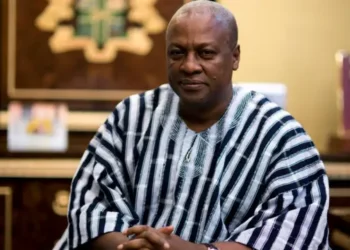The city of Abomey is located in the southern part of the Republic of Benin, on a plateau that forms the heart of the Zagnan region. Today, Abomey’s history carries an extraordinary weight. For more than two and a half centuries (from about 1625 to 1900), it was the political and spiritual capital of one of the most powerful and organized kingdoms in pre-colonial West Africa: the Kingdom of Dahomey.
Abomey’s history represents a complex blend of centralized state building, unique military organization, distinctive architecture, and a deep and pivotal involvement in the transatlantic slave trade, before its story ended with its violent downfall at the hands of French colonial expansion.
The Kingdom of Dahomey and the Fon people trace their roots to migrations from the Tado region (in present-day Togo). According to the most established oral history, the kingdom arose as a result of a power struggle between three brothers. One of them, Houegbadja, settled on the Abomey plateau around 1625. Houegbadja is credited with establishing the first nucleus of the kingdom and building the first royal palace, laying the foundations for a strong, centralized state.
The name “Dahomey” itself carries a symbolic meaning of its founding. Legend has it that Houegbadja (or his ancestor) asked a local chief named Dan for land to build his palace. When Dan contemptuously refused, Houegbadja waged war against him, killed him, and then built his palace over his corpse. The kingdom was named Dan-ho-mé, which roughly translates as “in the belly of Dan,” as a symbol of the kingdom’s founder’s victory and consolidation of power.
From its founding, Abomey began as an inland state, isolated from the coast, and its initial economy was based on agriculture. This situation quickly changed with the rise of ambitious rulers.
The Kingdom of Dahomey was a highly centralized monarchy. The king, who held the title of Ahosu, wielded almost complete religious, political, and military authority. Power was not merely hereditary; it was administered through a complex bureaucracy that included ministers, such as the Megan (prime minister and supreme judge) and the person in charge of finance and the palaces, as well as a vast network of regional officials and spies who ensured the loyalty of the provinces to the capital, Abomey.
The most distinctive element of Dahomey’s military structure was undoubtedly the Agojie, known to Europeans as the “Amazons of Dahomey.” These units, composed entirely of women, began as a royal guard or a band of elephant hunters but evolved into an elite standing army, estimated to number in the thousands at the kingdom’s peak. Agojie women underwent rigorous training and were considered “king’s wives” (meaning they were forbidden from marrying or having children). They dedicated their lives to military service. These troops played a crucial role in the kingdom’s annual military campaigns and in the final defense of Abomey against the French.
The kingdom operated a centralized economy, with the state controlling all forms of trade, especially the most profitable commodities. Warfare was an integral part of this economy, with annual military campaigns aimed at expanding territory and capturing captives.
In the early 18th century, the Kingdom of Dahomey took a strategic turn that changed its fate. Under King Agaja (r. 1718–1740), the kingdom waged successful wars to control coastal kingdoms such as Allada and Ouidah. This expansion gave Abomey direct access to the Atlantic Ocean and direct access to European traders.
Dahomey rapidly transformed from an inland, agricultural kingdom into a powerful military state whose primary purpose became enslaving human beings. Abomey became an inland center for the collection of enslaved people captured from neighboring kingdoms (such as the Yoruba and Mahi peoples) before they were sent to the port of Ouidah to be sold as slaves in the transatlantic slave trade.
This trade was the kingdom’s primary economic driver for nearly two centuries. European firearms (guns and cannons), gunpowder, alcohol, and textiles were the primary commodities Dahomey received in exchange for captives. This “exchange” created a continuous cycle: more weapons allowed for more wars, which provided more captives, who were exchanged for more weapons. Abomey’s military strength became directly dependent on the continuation of this trade.
“Grand Customs” and Royal Art
Abomey was not just a military fortress; it was a complex cultural and spiritual center. The Vodun religion was an integral part of state authority, with the king considered the representative of the gods on earth.
The “annual customs” (Xwetanu) were the most prominent events in the kingdom. These weeks-long ceremonies served multiple functions: they honored royal ancestors, redistributed wealth among the people, demonstrated military might, and affirmed the loyalty of their subjects. These customs also included human sacrifice, often of captives, as part of the funerary and spiritual rites honoring the royal ancestors.
The most enduring manifestation of Abomey culture is the royal palaces themselves. The capital was a large complex comprising a series of palaces surrounded by mud walls. Each new king (with the exception of King Akaba) built his own palace next to his predecessor’s, rather than reusing the old one.
The palaces served as historical records. Their walls were decorated with bas-reliefs made of colored clay. These reliefs depicted the glories of the kings, major military events, royal symbols, popular proverbs, and deities. They served as a system for documenting history and conveying political messages in a society where writing was not widespread. The kingdom was also famous for its appliqués, colorful banners depicting similar scenes in intricate detail.
By the late 19th century and the start of the “Scramble for Africa,” the ambitions of the Kingdom of Dahomey directly conflicted with French colonial interests. France sought to control the coast and secure inland trade routes.
This clash led to the Franco-Dahomean Wars (1890–1894). King Béhanzin, considered the last independent king of Dahomey, led a fierce resistance against the technologically superior French forces. Dahomey’s troops, including Agouji units, fought valiantly.
In November 1892, French forces under General Alfred-Amédée Dodds entered the capital, Abomey. Before its fall, Béhanzin ordered (or set fire to) the royal palaces to prevent their desecration by the invaders. Large parts of the royal complex were destroyed in the fire. Béhanzin fled and waged a guerrilla war for two years before being captured and exiled (first to Martinique and then to Algeria), thus ending the Kingdom of Dahomey as an independent political entity and becoming a French colony.
After the fire and occupation, Abomey lost its status as a capital. It became merely a regional administrative center within the French colony of Dahomey (later to become Benin).
In 1985, UNESCO inscribed the Royal Palaces of Abomey on the World Heritage List. This site does not include the entire complex but rather focuses on the preserved palaces of King Ghézo and King Glèlè, parts of which have been restored. These surviving palaces represent a rare testament to the traditional mud architecture and royal art of a powerful African kingdom.
Today, these palaces house the Historical Museum of Abomey, which displays numerous royal artifacts, including thrones (one of which is mounted on human skulls), weapons, decorated fabrics, and salvaged reliefs.


